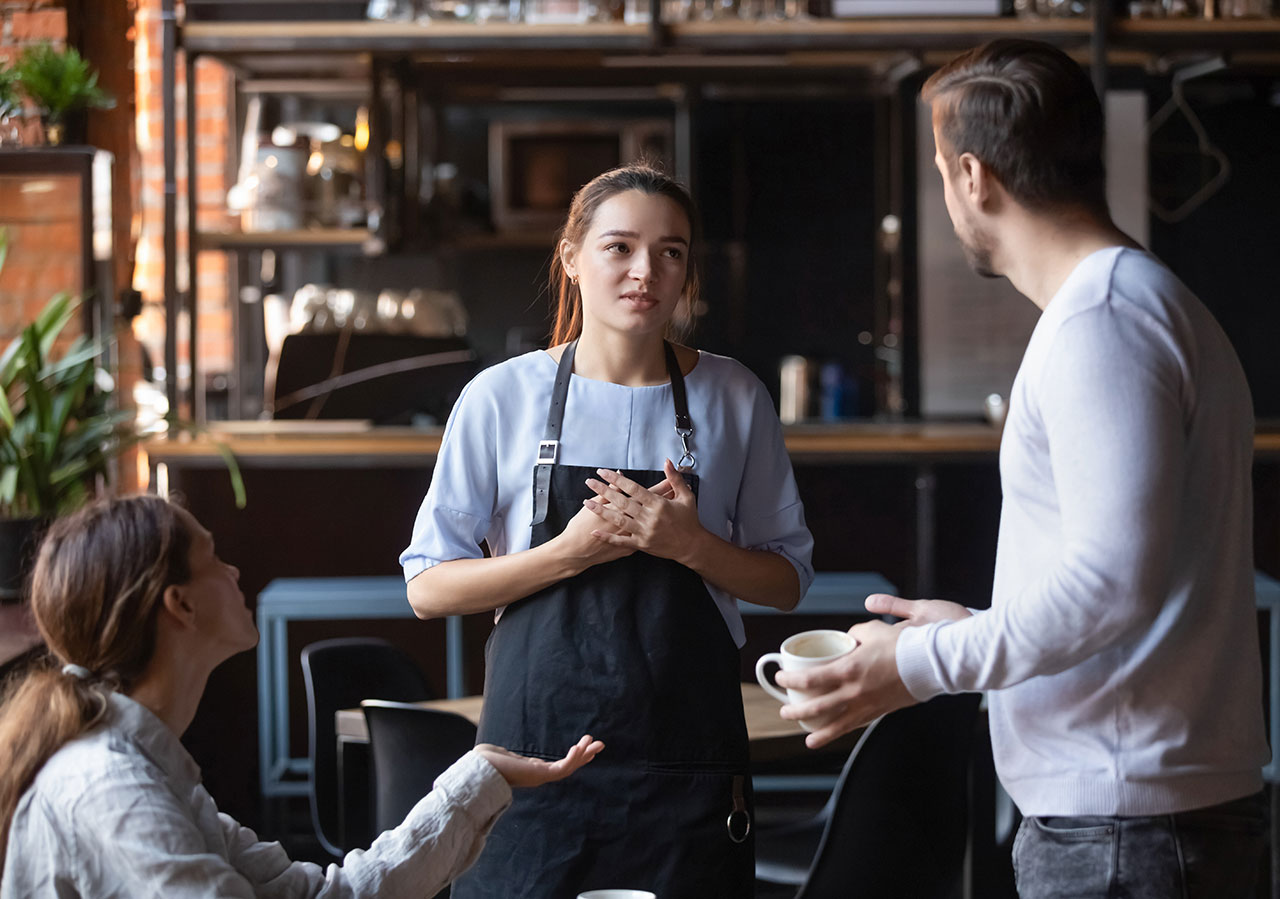
Did you know that April is Stress Awareness Month? Merriam-Webster defines stress as “a physical, chemical, or emotional factor that causes bodily or mental tension and may be a factor in disease causation.” And looking at the world around us, there are many elements that could lead to immense feelings of stress.
Rather than rattling off a list of possible stressors, we want to talk about how you and your employees can manage these feelings year round with practical, accessible tools and coping strategies. So without further ado, let’s get zen!
3 Tools to Share with Employees for Stress Awareness Month
Tool #1: Leverage Company Mental Health Resources
Mental health is just as important and physical health. And just as they provide medical benefits to help provide for their physical health, many businesses today are also making mental health resources available to employees.
If you are on your company’s human resources team, it might be worth reiterating available resources to your employees via email or your company’s internal communications channels (especially since it’s Stress Awareness Month). This communication should also feature clear instructions on how to access those resources to increase accessibility. Having those resources is only helpful if your employees are aware of and using them!
Tool #2: Create Space with Meditation
Stress can create feelings of helplessness, decrease ability to focus, and stir up racing, negative thoughts. To combat this, encourage employees to create mental space with meditation.
Meditation will look different for everyone, but the goal is to “focus your attention and eliminate the stream of jumbled thoughts that may be crowding your mind and causing stress.” One common method is to sit quietly and focus solely on your breath for at least two minutes. If you get distracted, that’s okay! Just refocus your attention on your breath.
There are also apps and websites that provide guided meditations and tools to help achieve a meditative state. At InMoment, we provide our team members with access to an app called Sanvello, a mental health app that supports people through self care, peer support, coaching, and therapy. One of the tools available on Sanvello is guided meditations.
“We are so happy to give our InMoment Team access to Sanvello, a mental health app that focuses on the importance of checking in with yourself,” said an InMoment HR representative. “Employees will be able to leverage the app to access self care tools like daily mood tracking, guided journeys, coping tools like meditation, and more to help them manage stress in a world full of noise. This is a wonderful step to support our team both inside and outside of the workplace.”
In addition to apps like Sanvello, you can also find free guided meditations on Youtube and other sites. These resources can be communicated via the same method we mentioned in tool number one.
Tool #3: Plan for Moments That Matter
At InMoment, we have this saying: “Own the Moments That Matter.” And though this is applicable for improving experiences for customers and employees, we also mean that it’s important to really be present in the moments that matter most to you personally.
We each have our own “moments that matter,” whether it’s going on a walk with our dog, taking an exercise class, spending quality time with our family and friends… the list goes on! In these stressful times, it’s more important than ever that we are deliberate about setting time aside for the things that make us feel our best.
At the beginning of each week, set aside time in your schedule to do something for yourself, and encourage your employees to do that too! It can be something as simple as taking 20 minutes to get up from your desk to stretch, or you could even utilize your paid time off to have an extended weekend. Whatever it is, we each need to take the time to create (and own) our own moments that matter.
Encouraging a Self-Care Culture
It’s simple: companies are most successful when their employees are successful—and this stretches beyond professional success. To be their best at work, employees need to know that their employers encourage them to do what they need to in order to thrive. That means companies must clearly communicate about mental health resources and provide the tools necessary to assist their employees year round—not only during Stress Awareness Month. Doing so clearly displays employee commitment, and will lead to cultural and business success long term.
What is employee commitment? And how can brands demonstrate that? Learn all about it from InMoment employee experience experts here.




